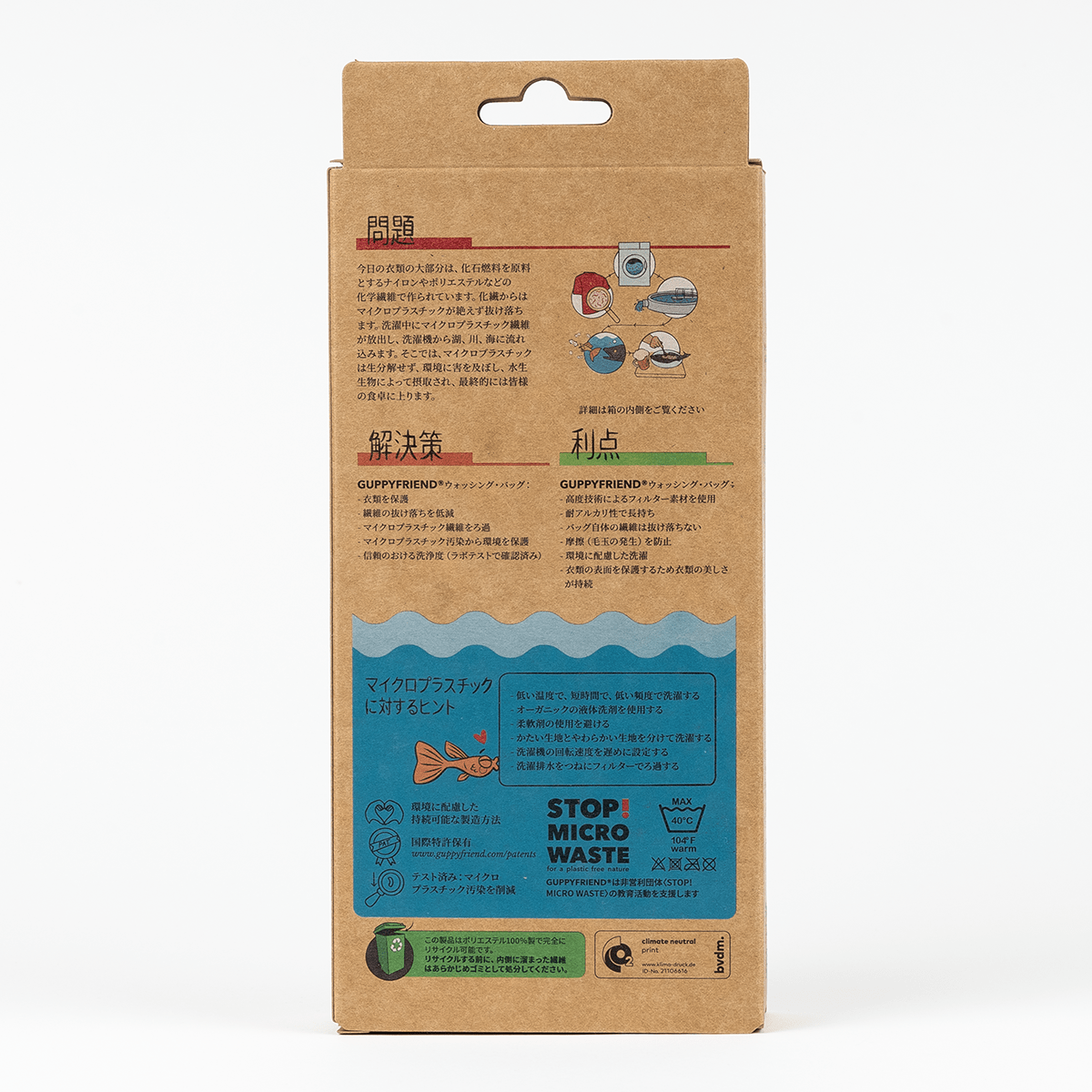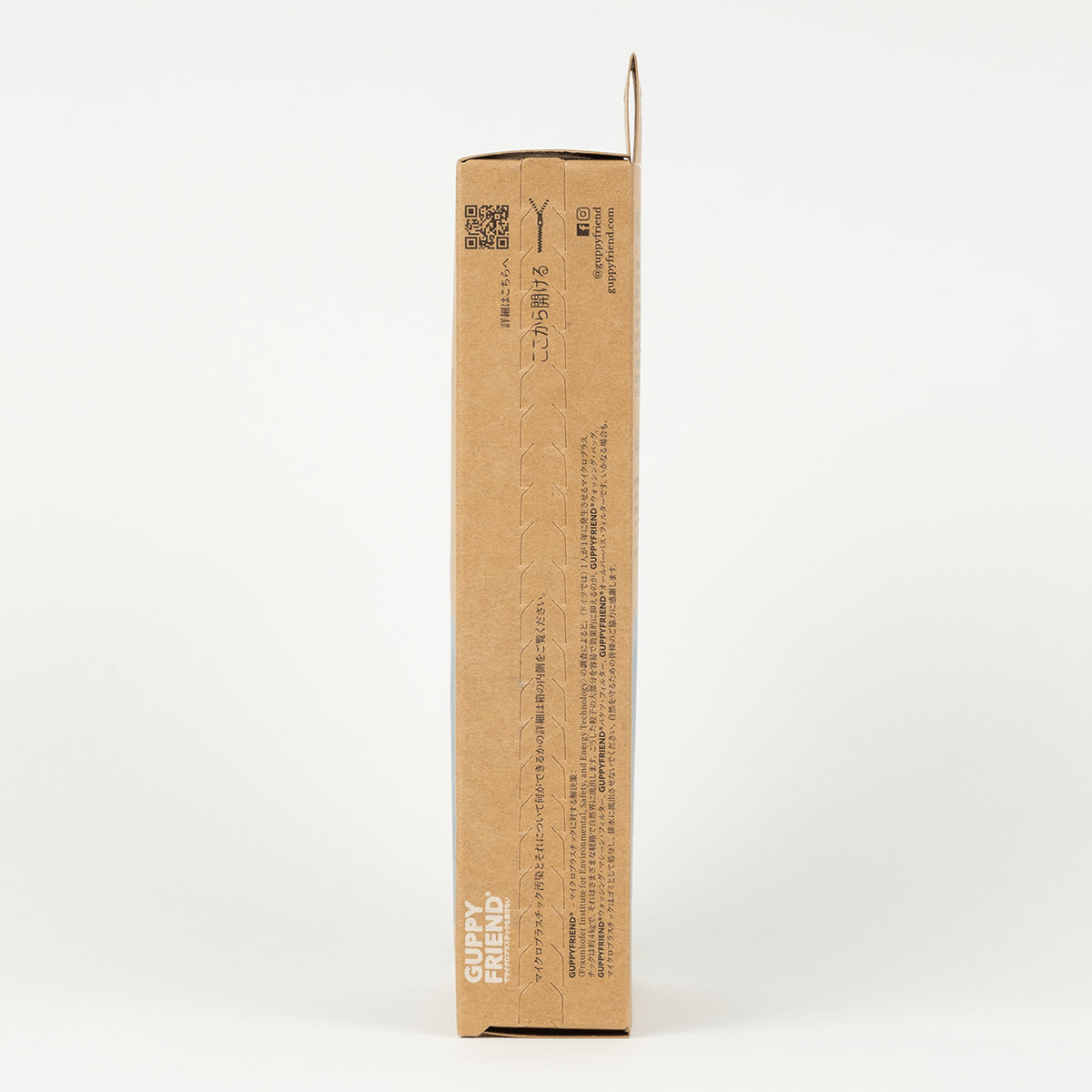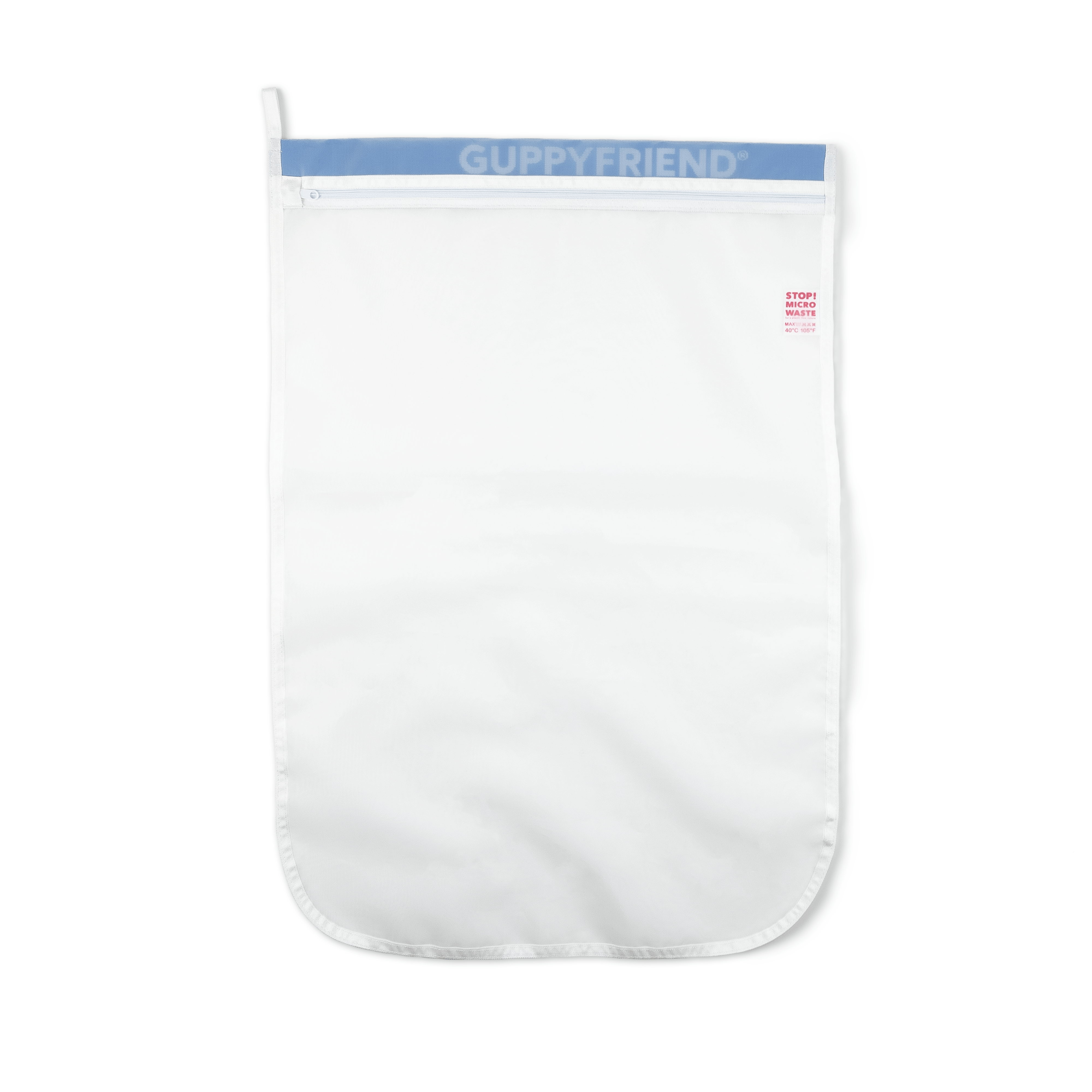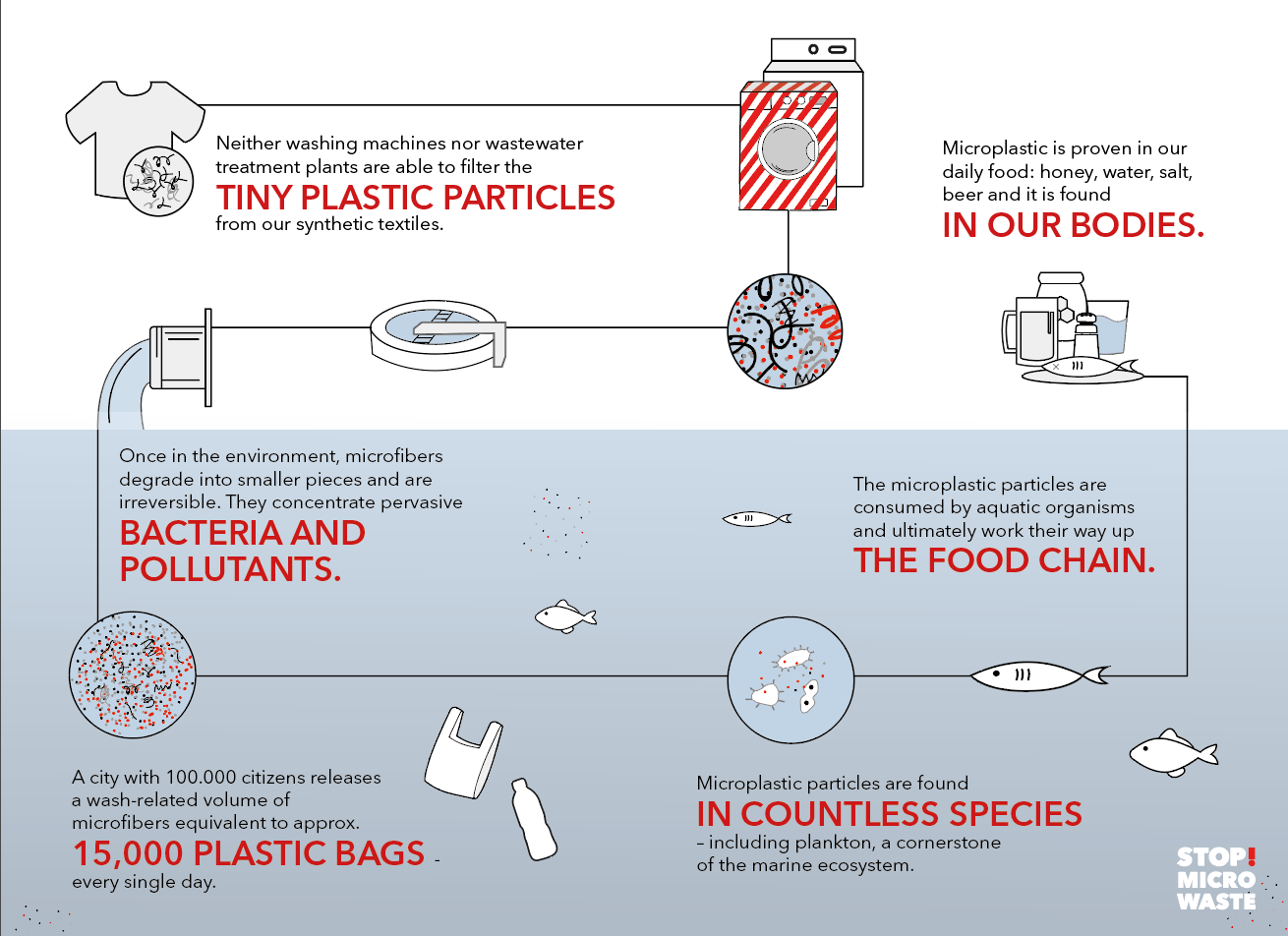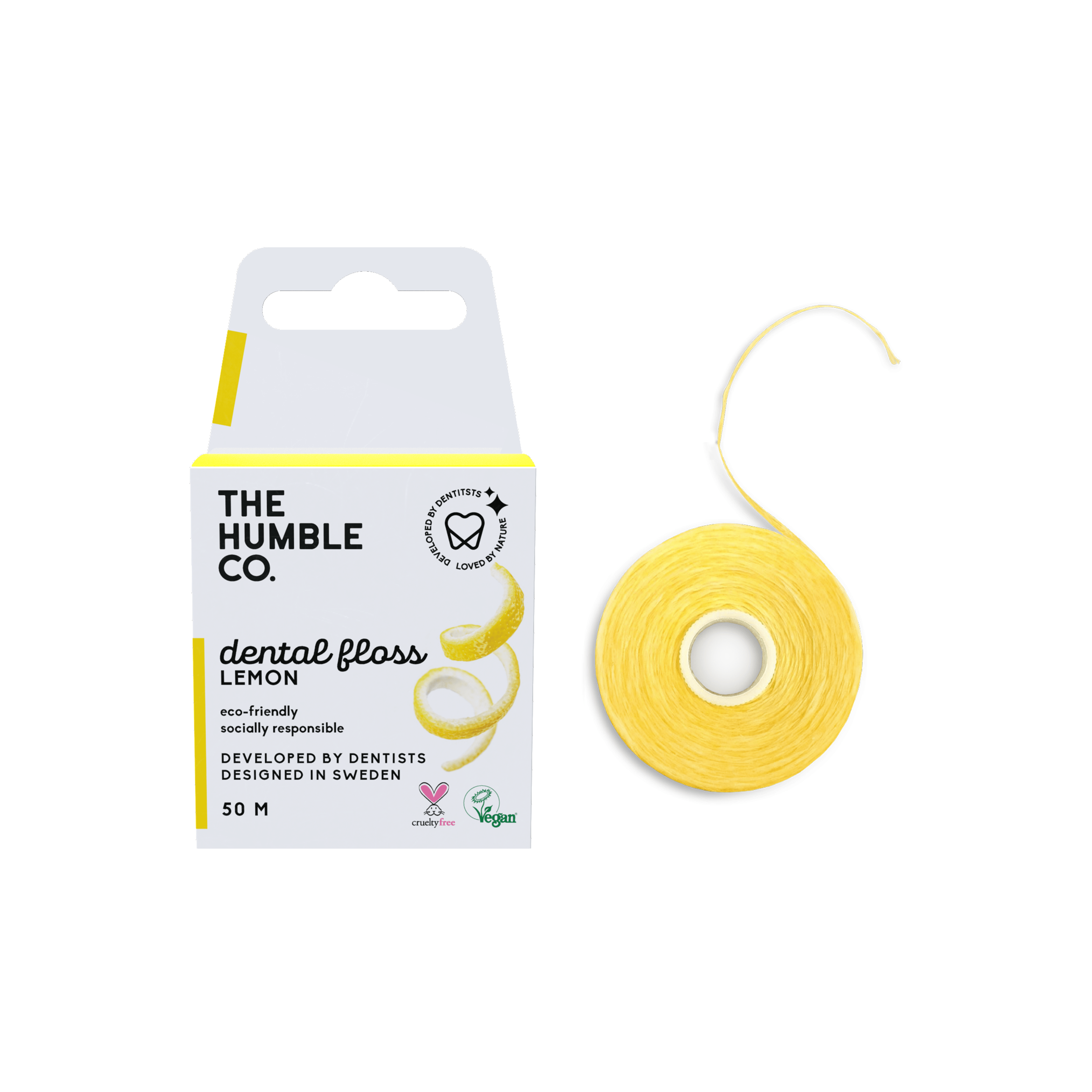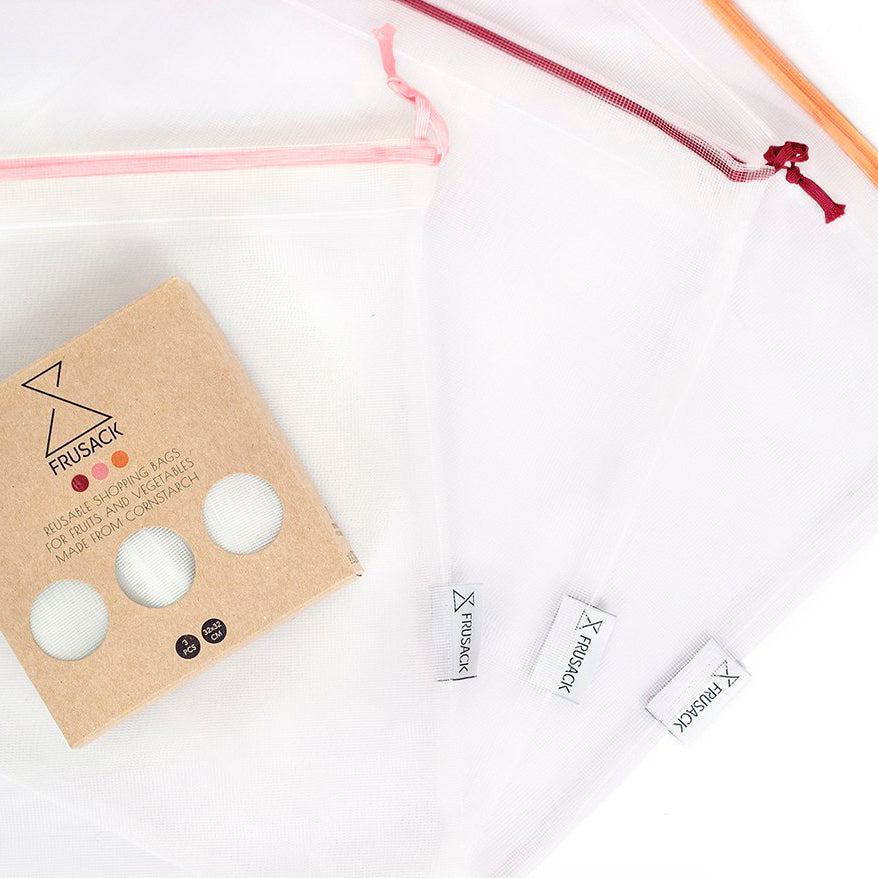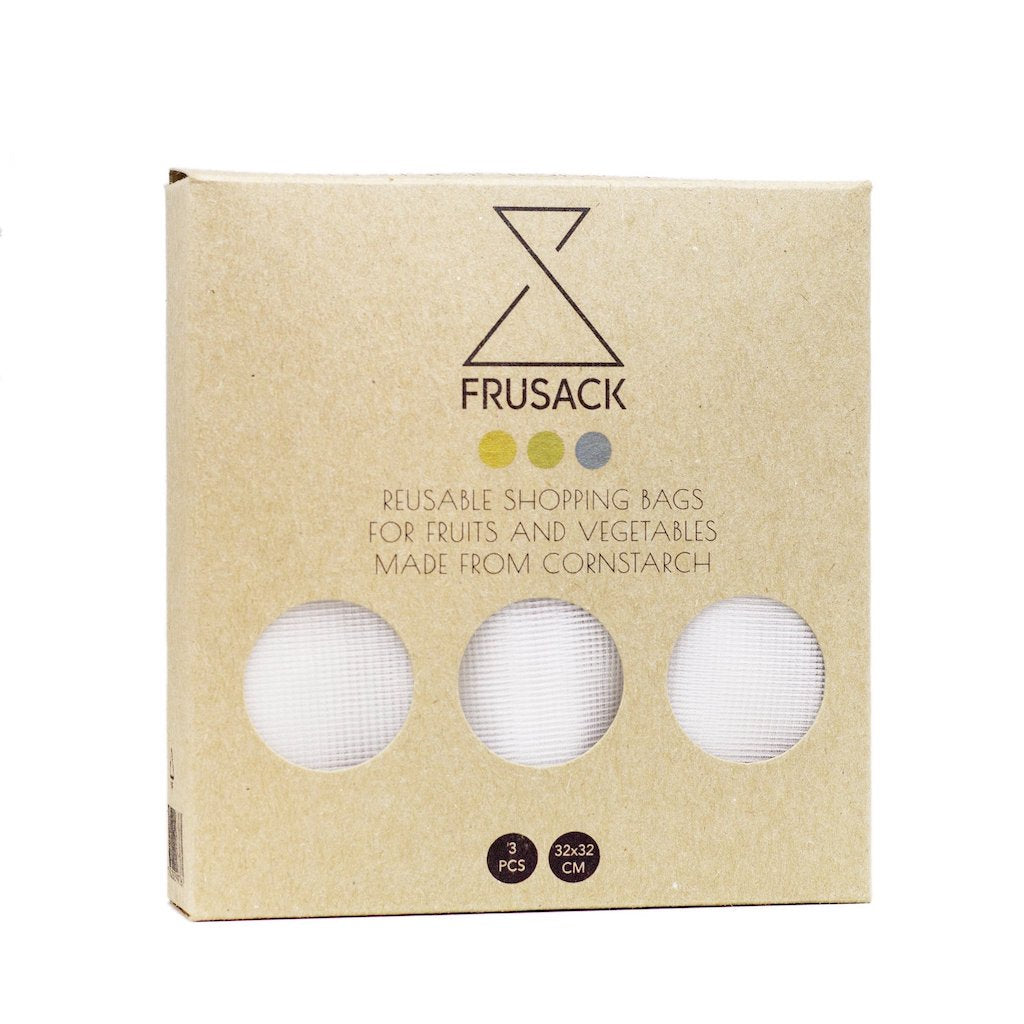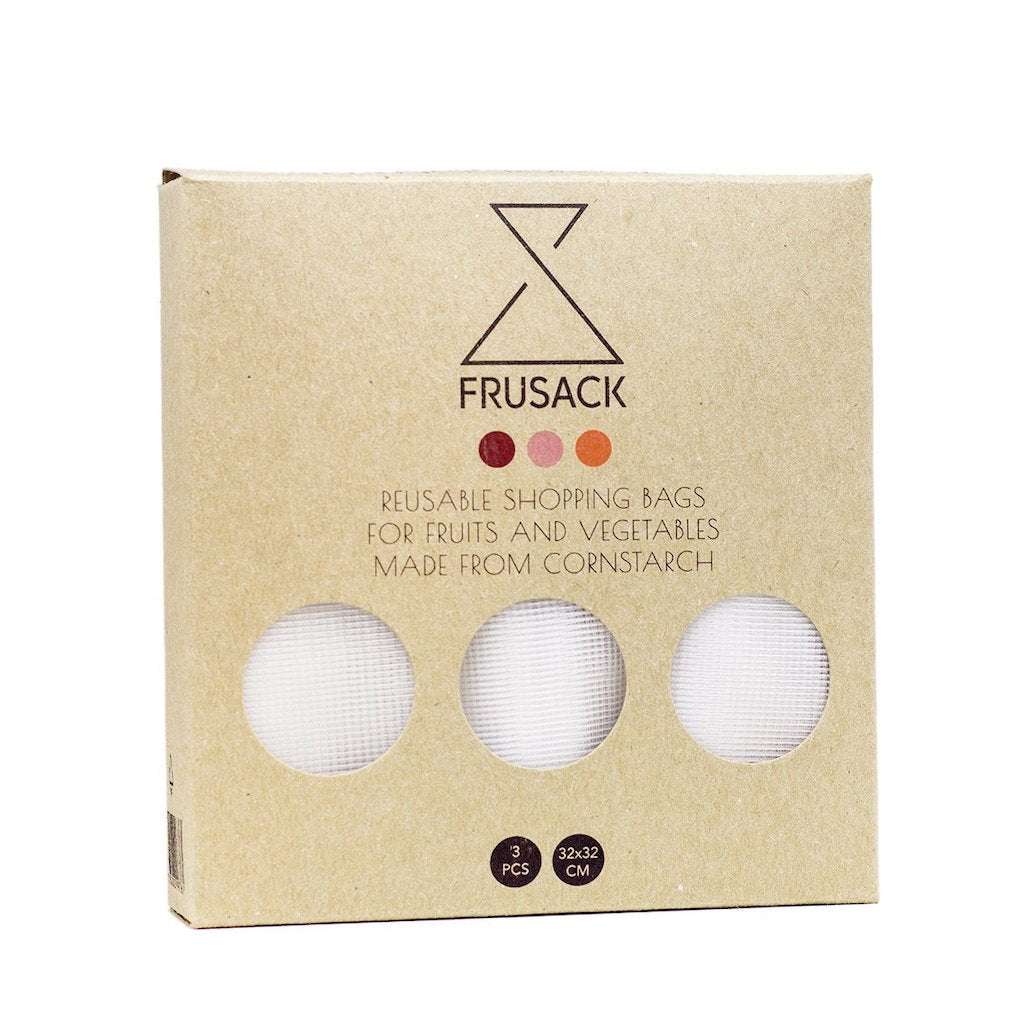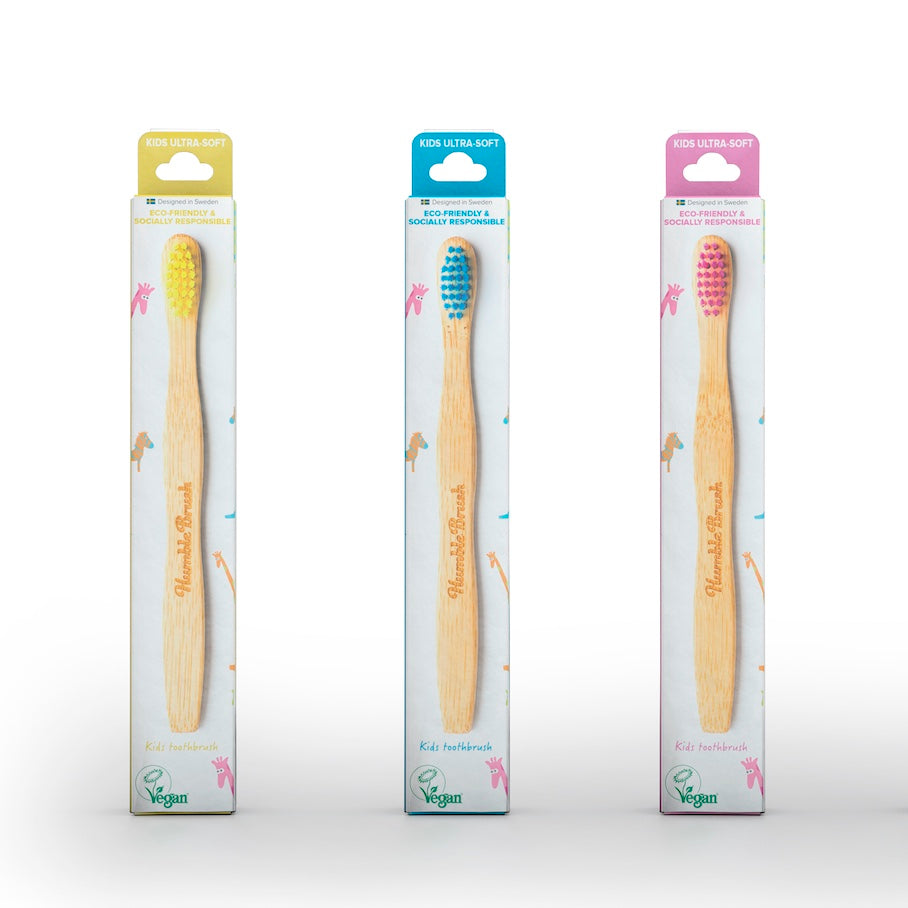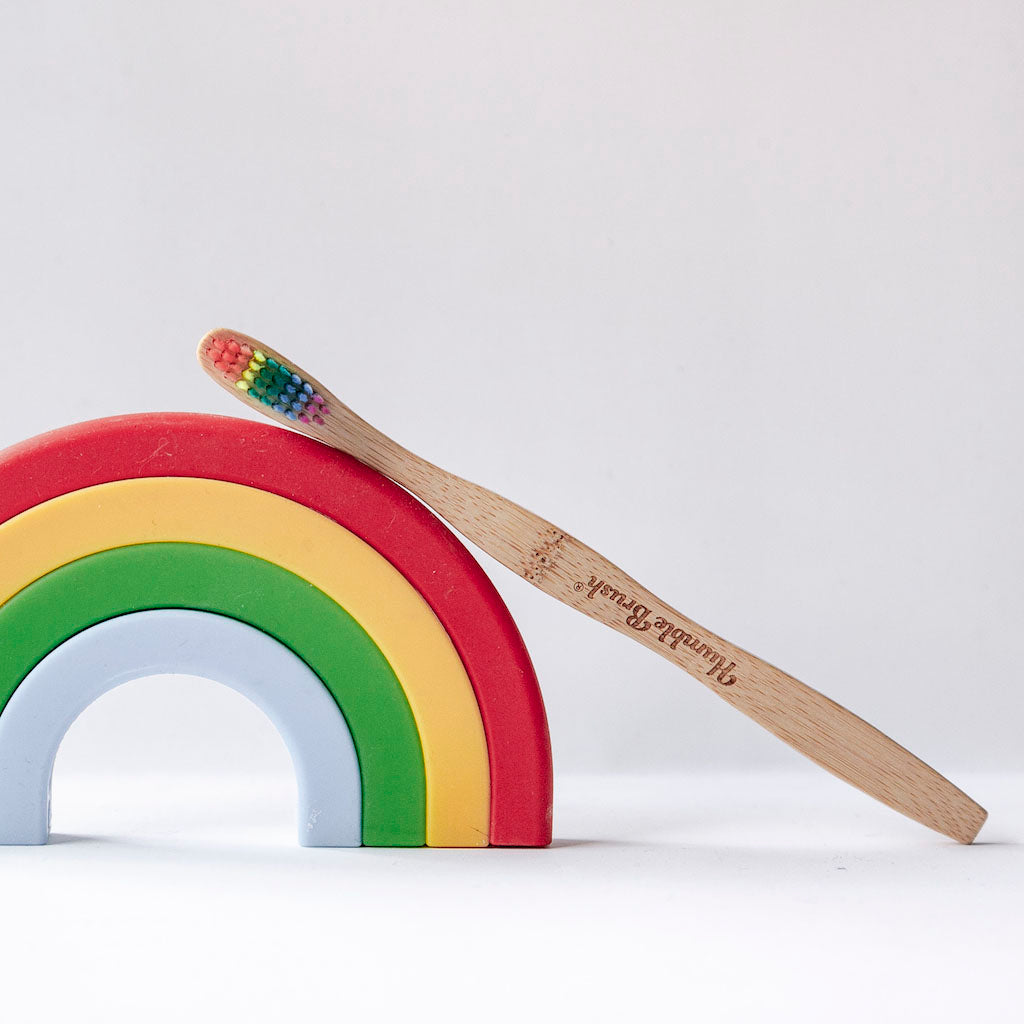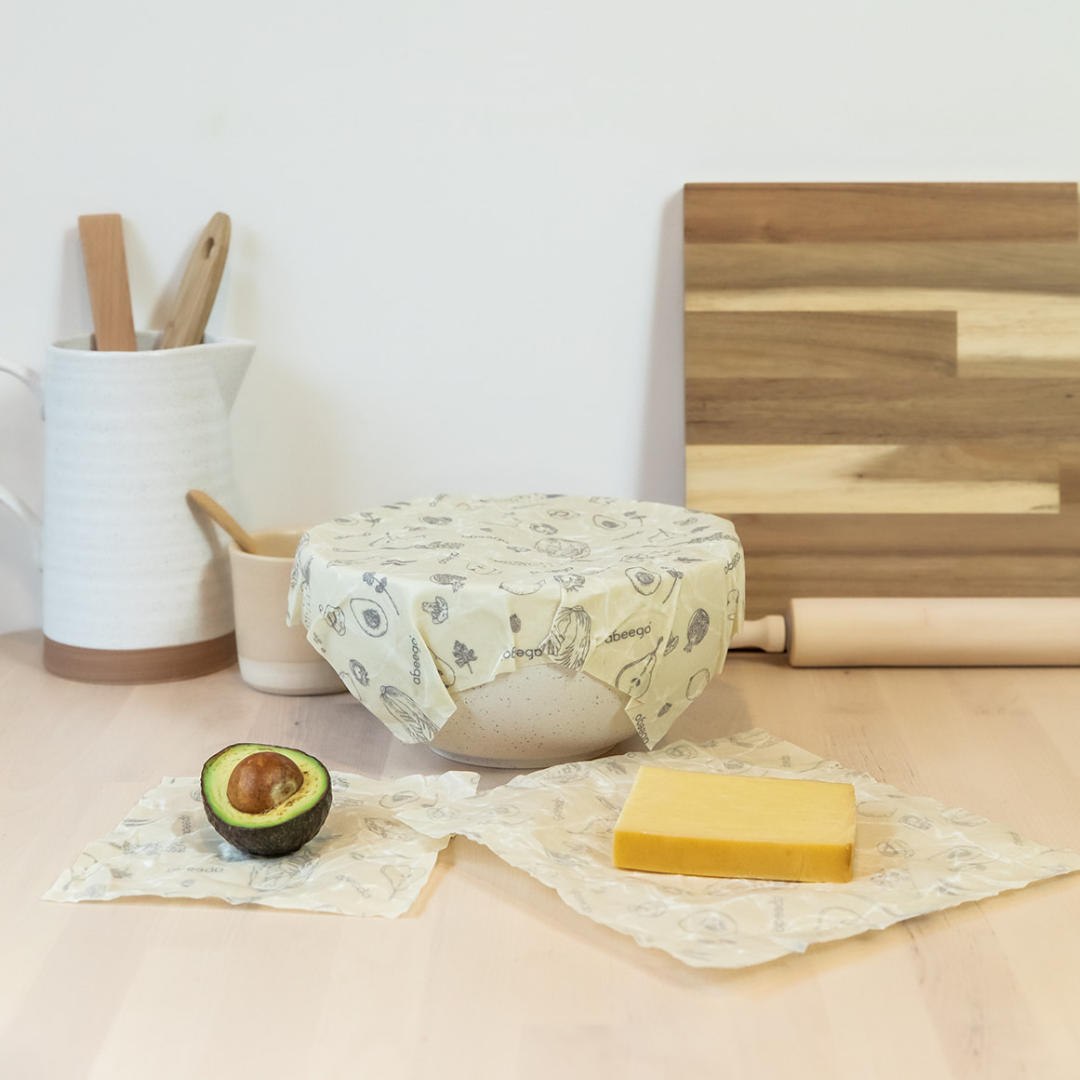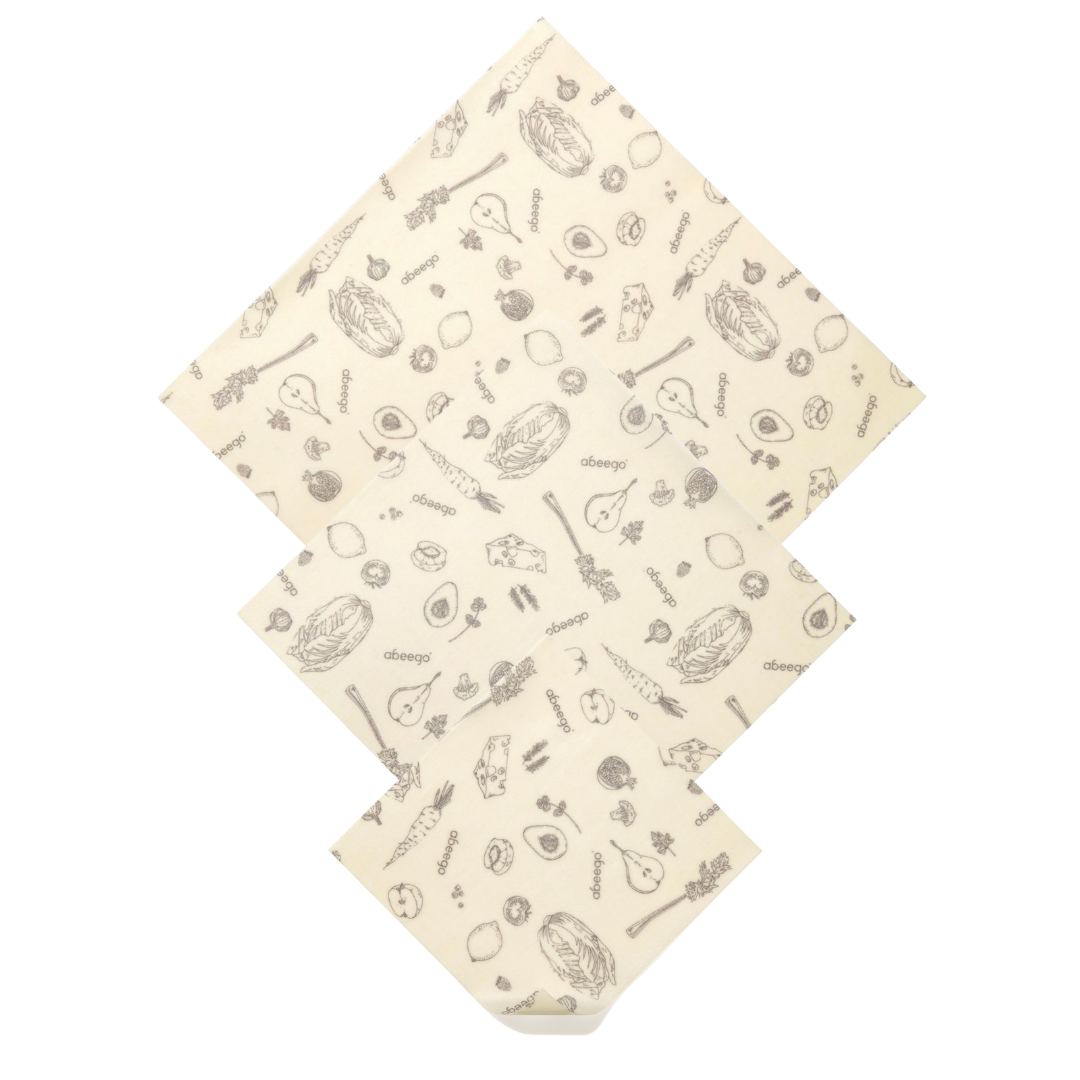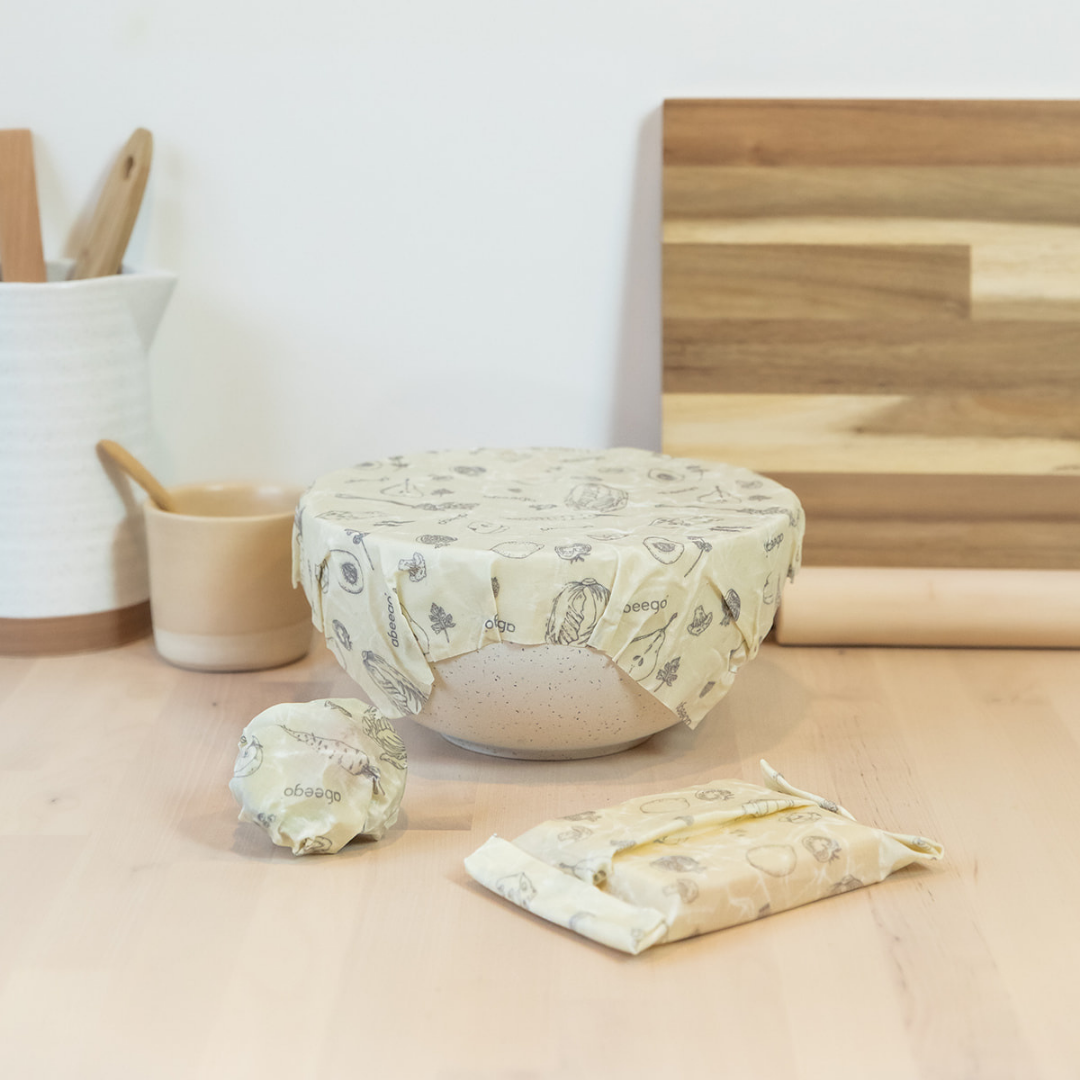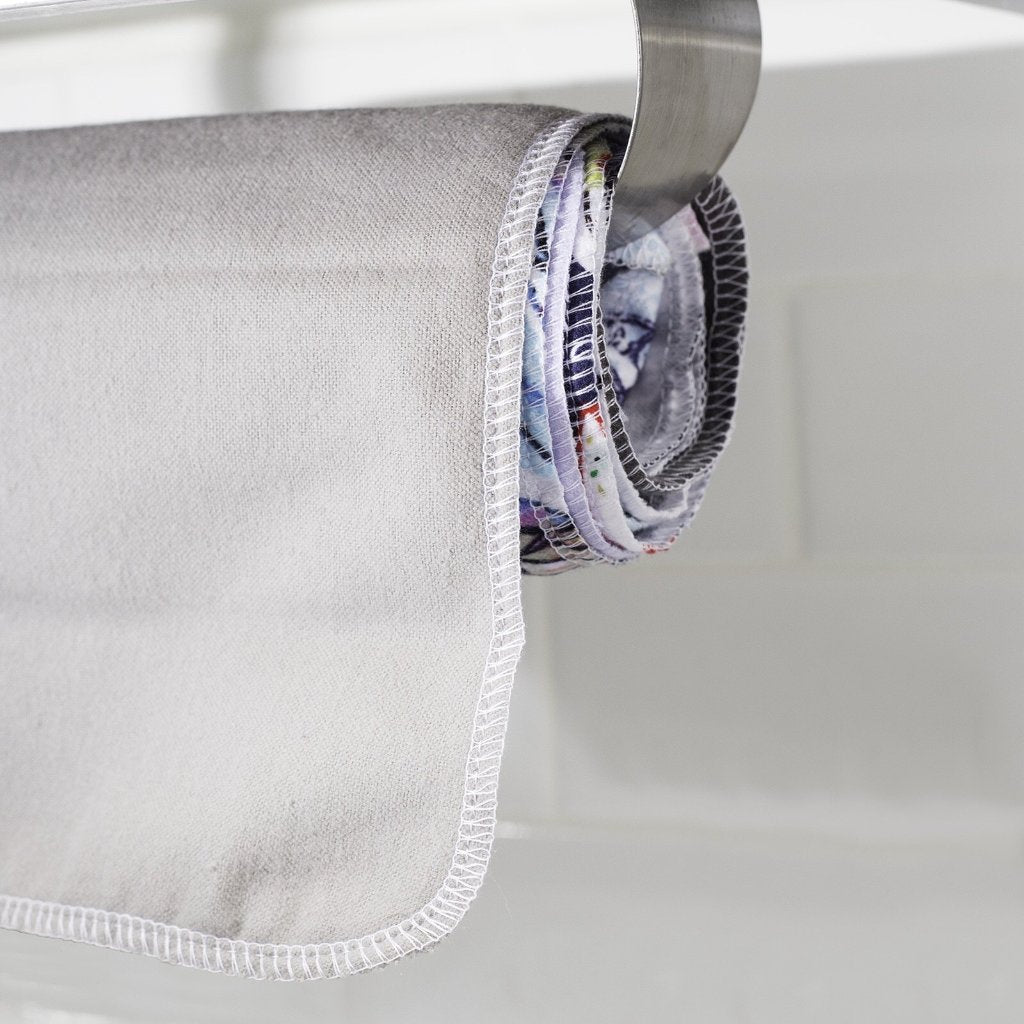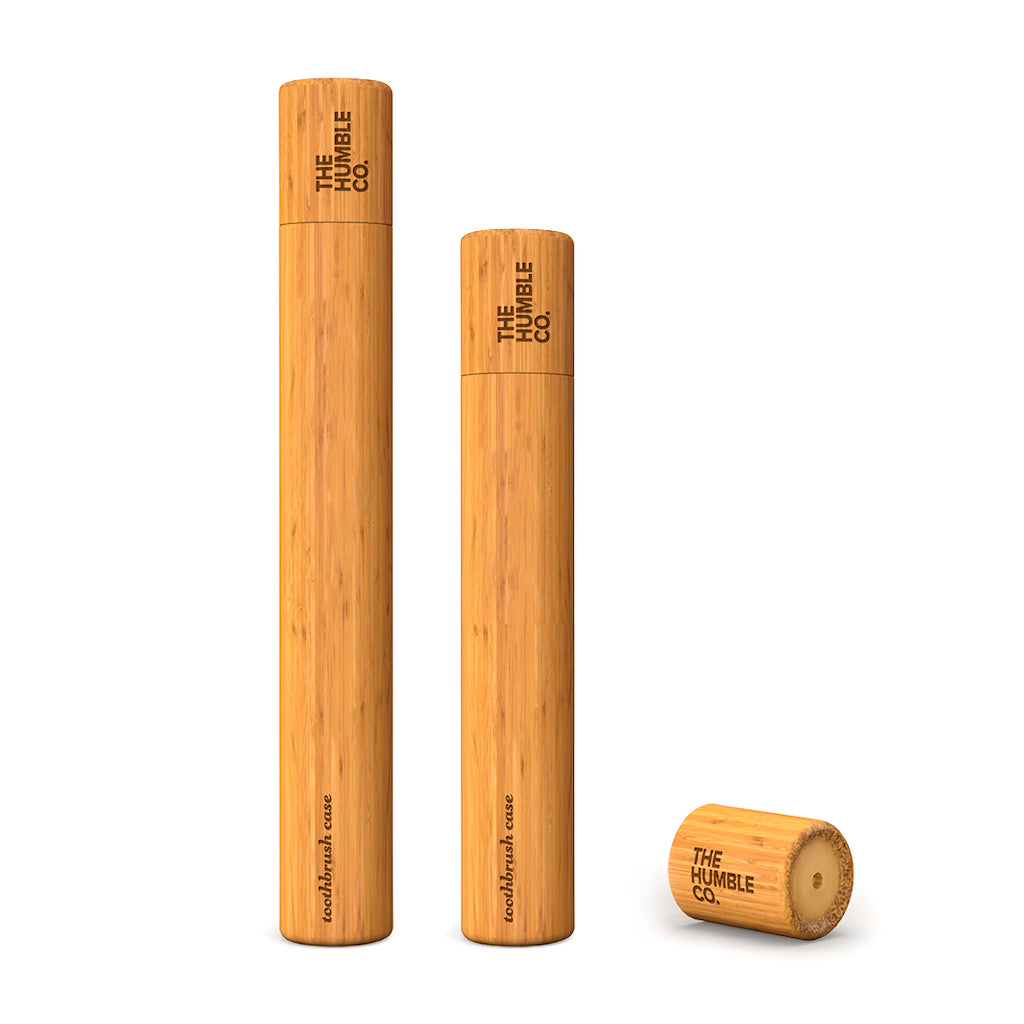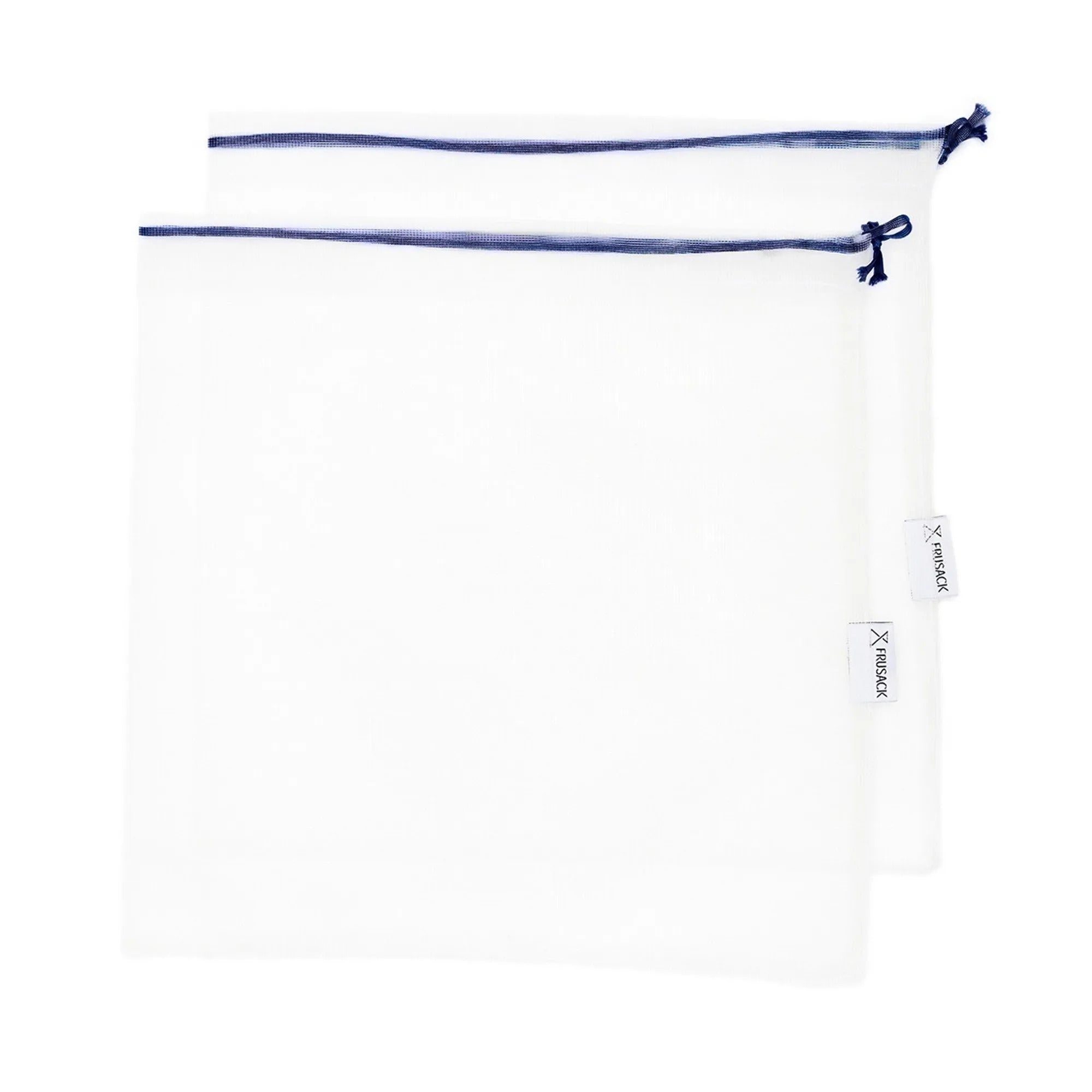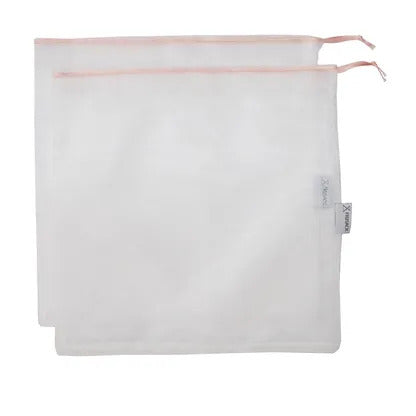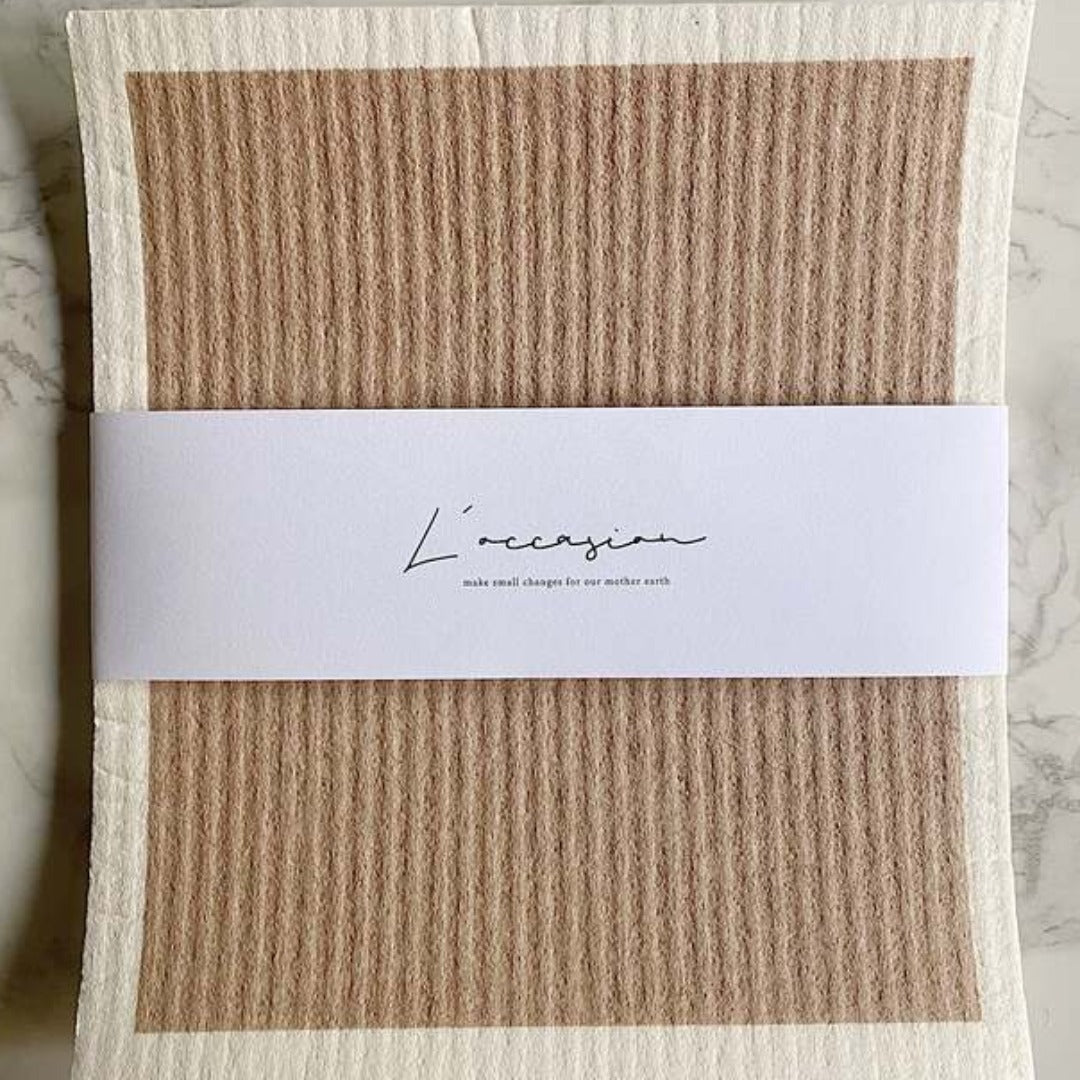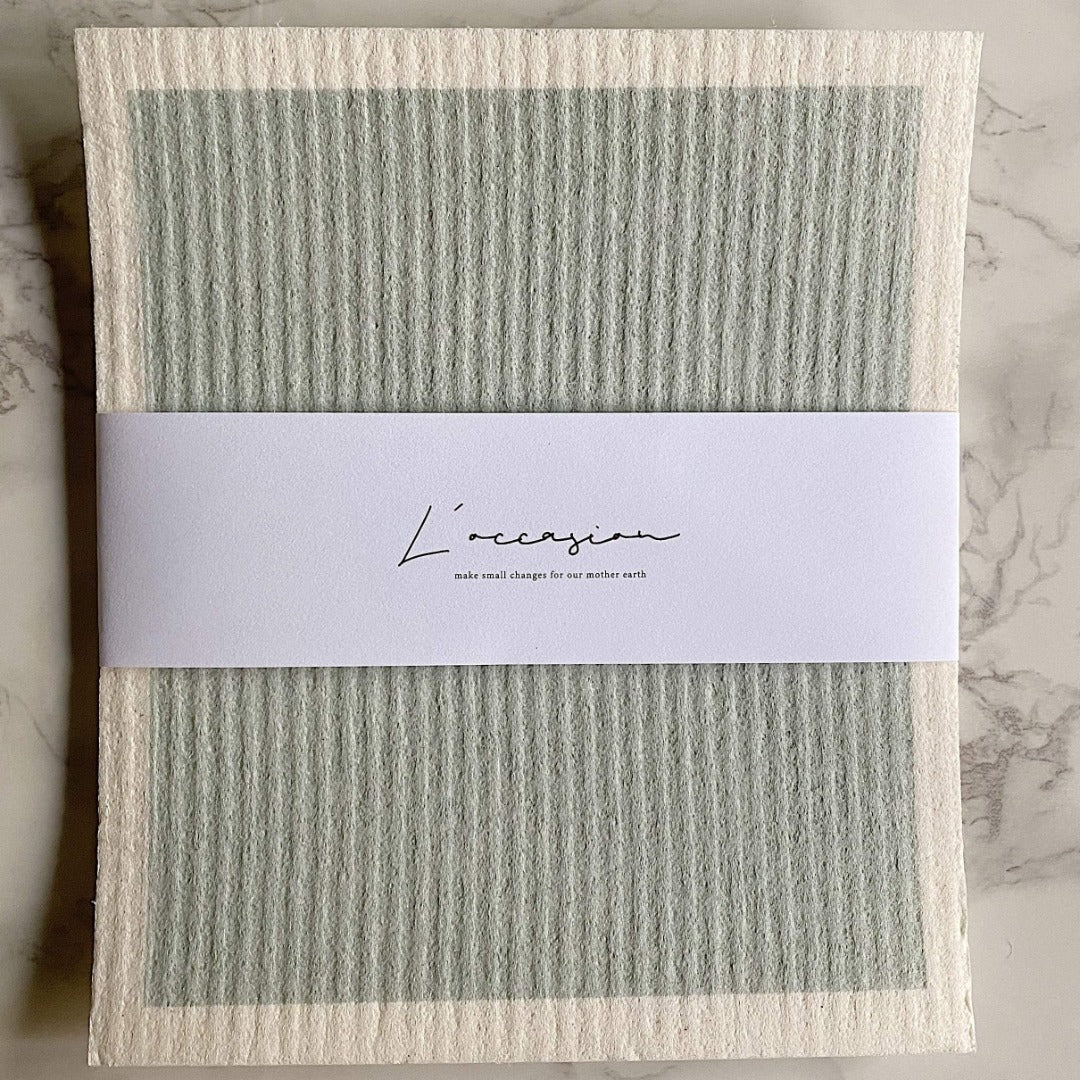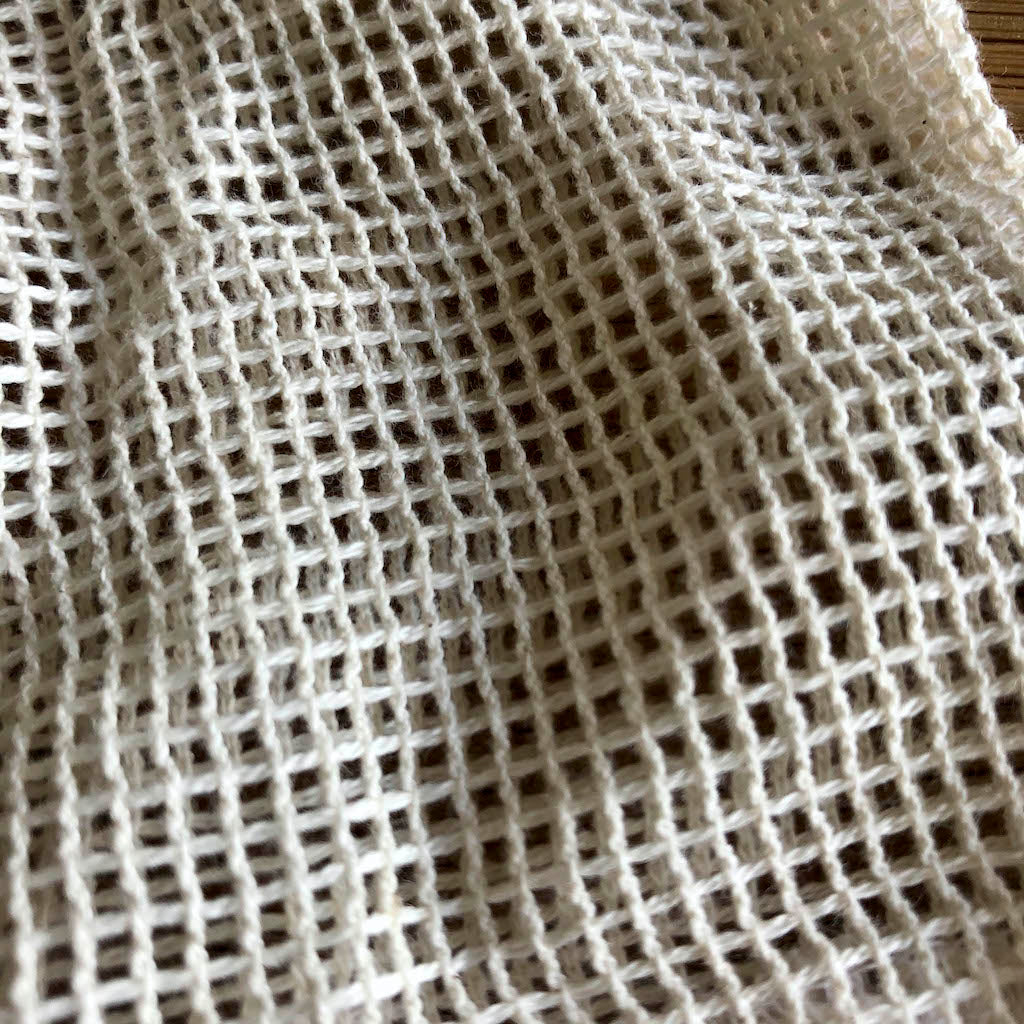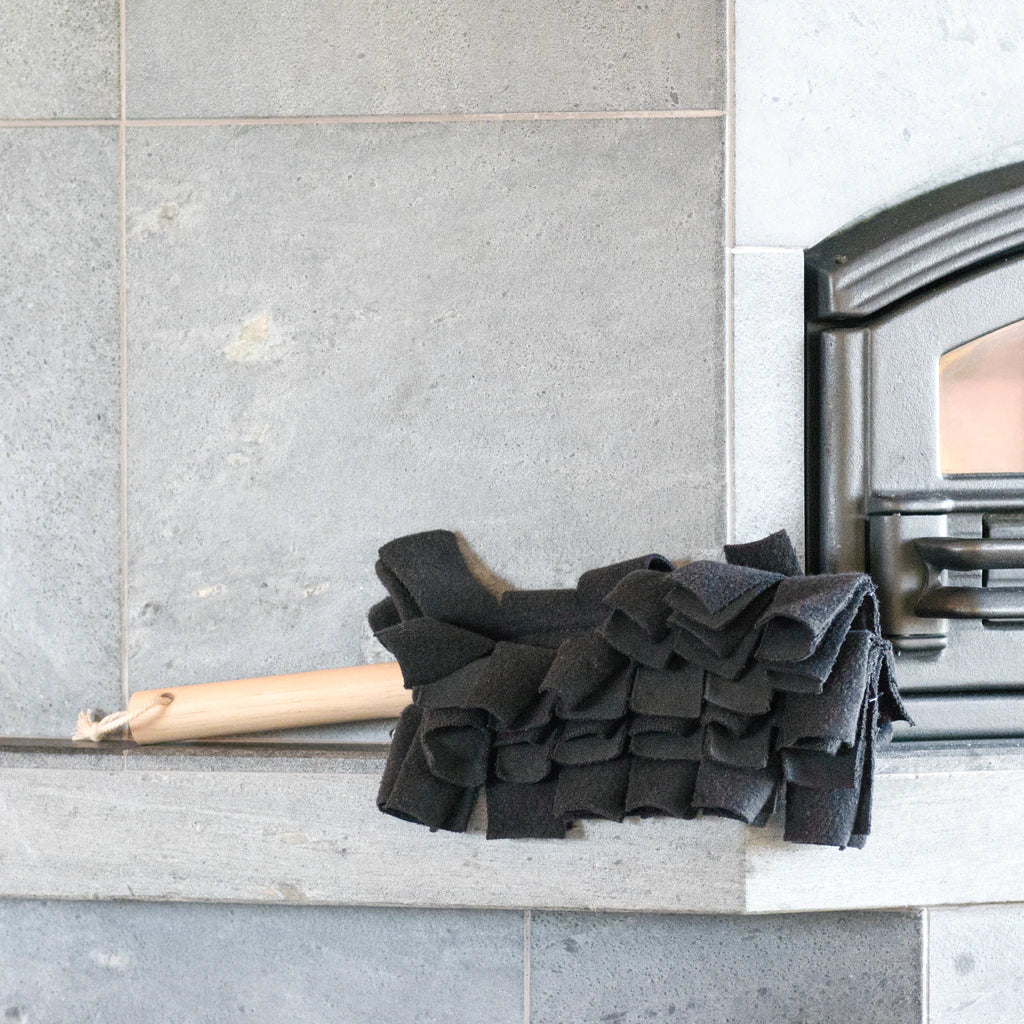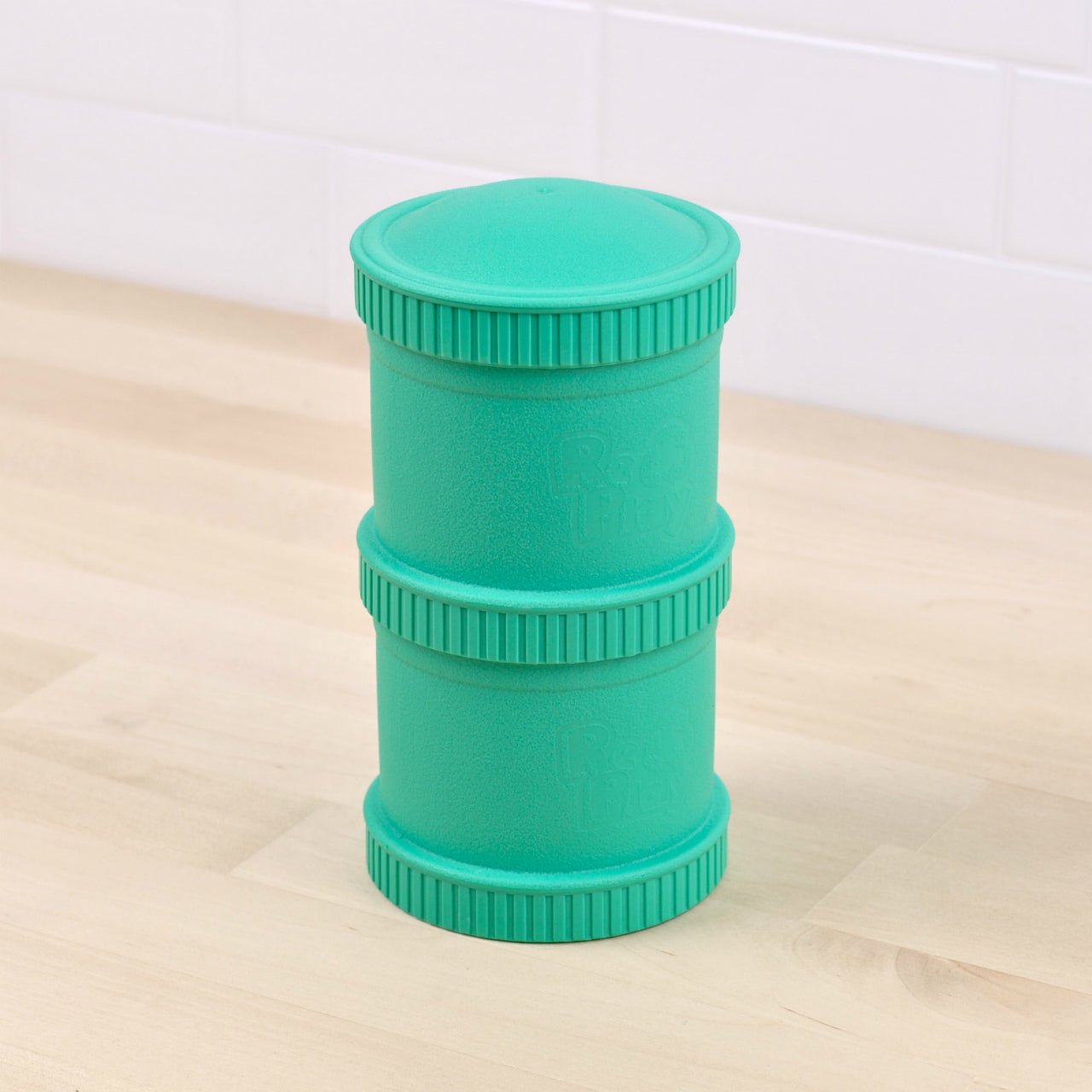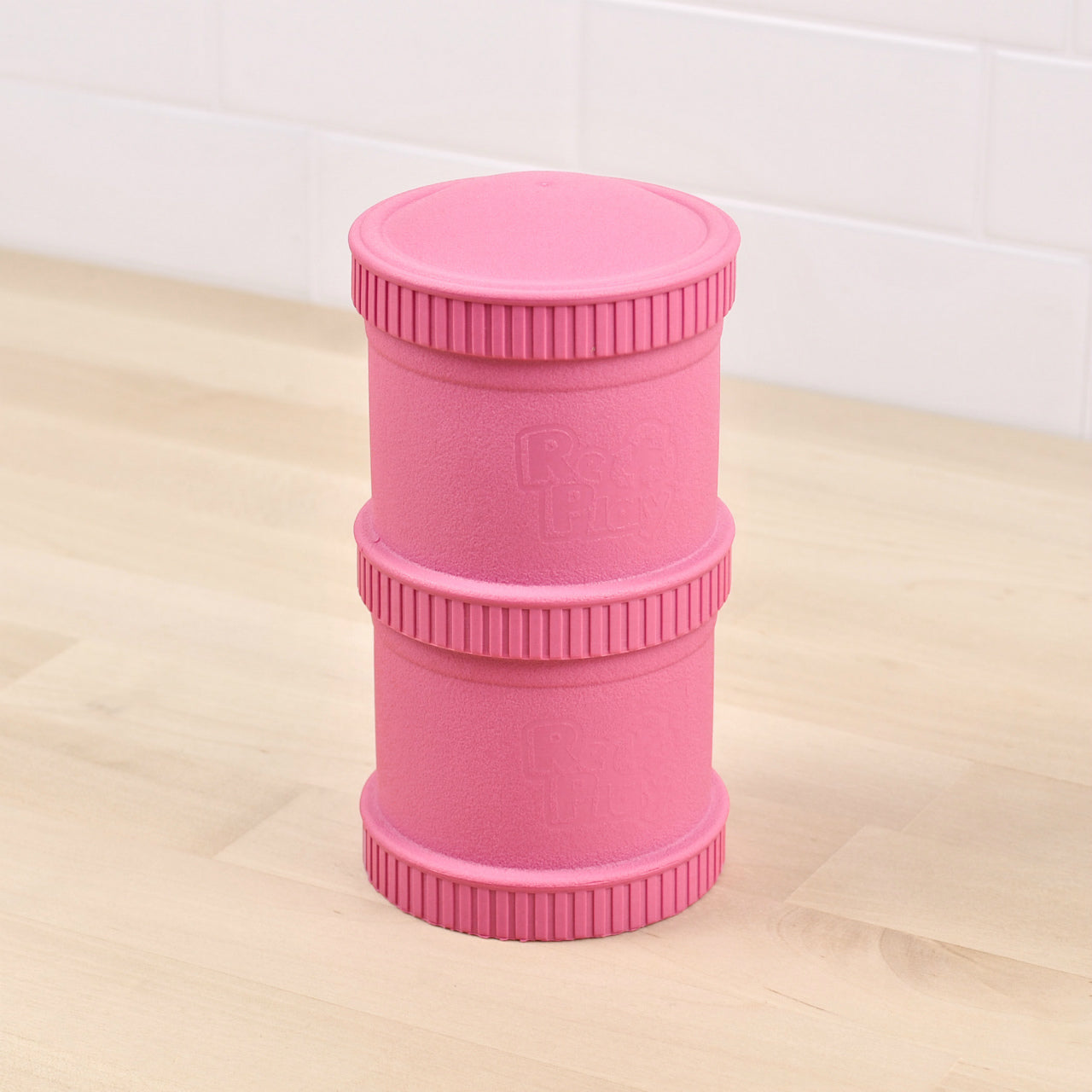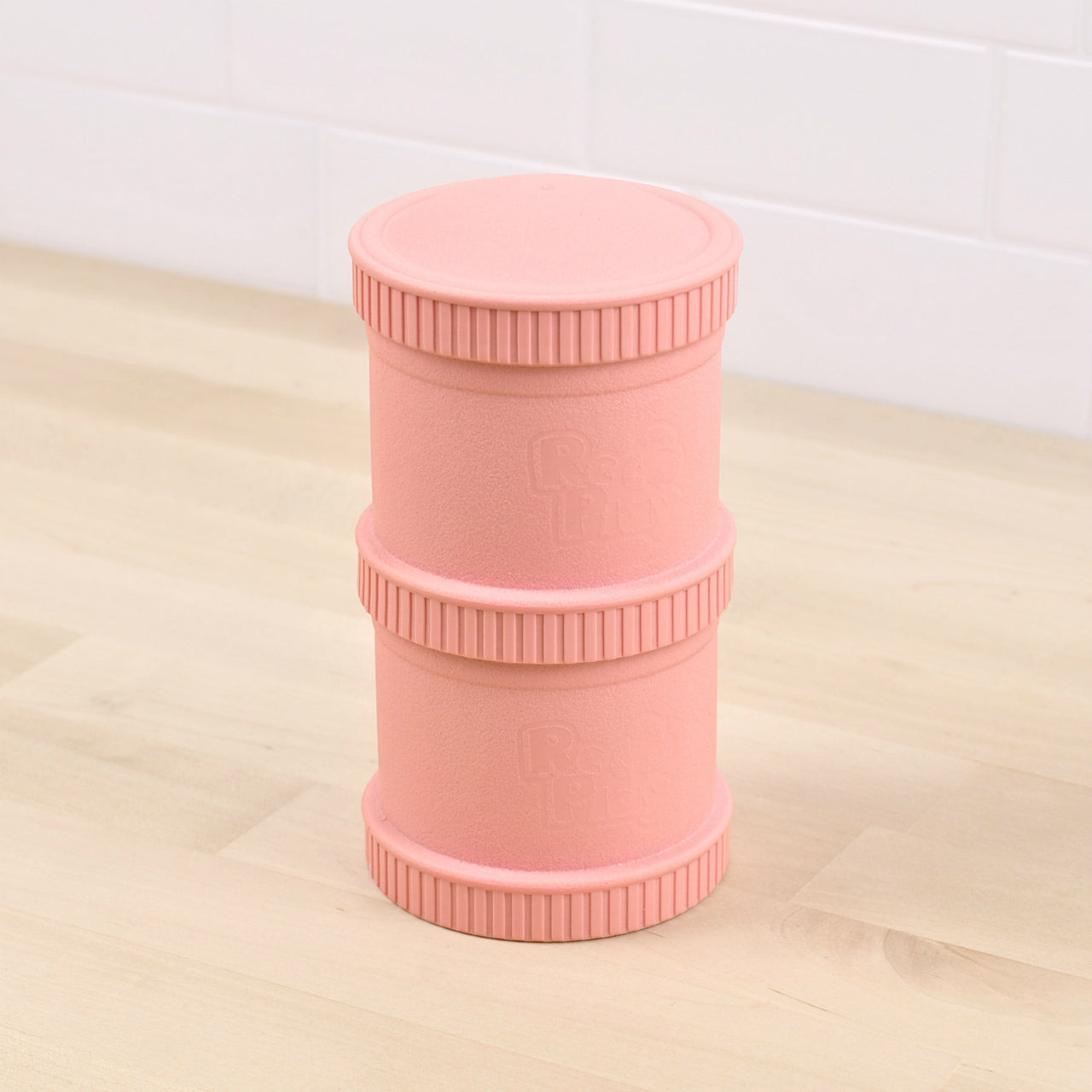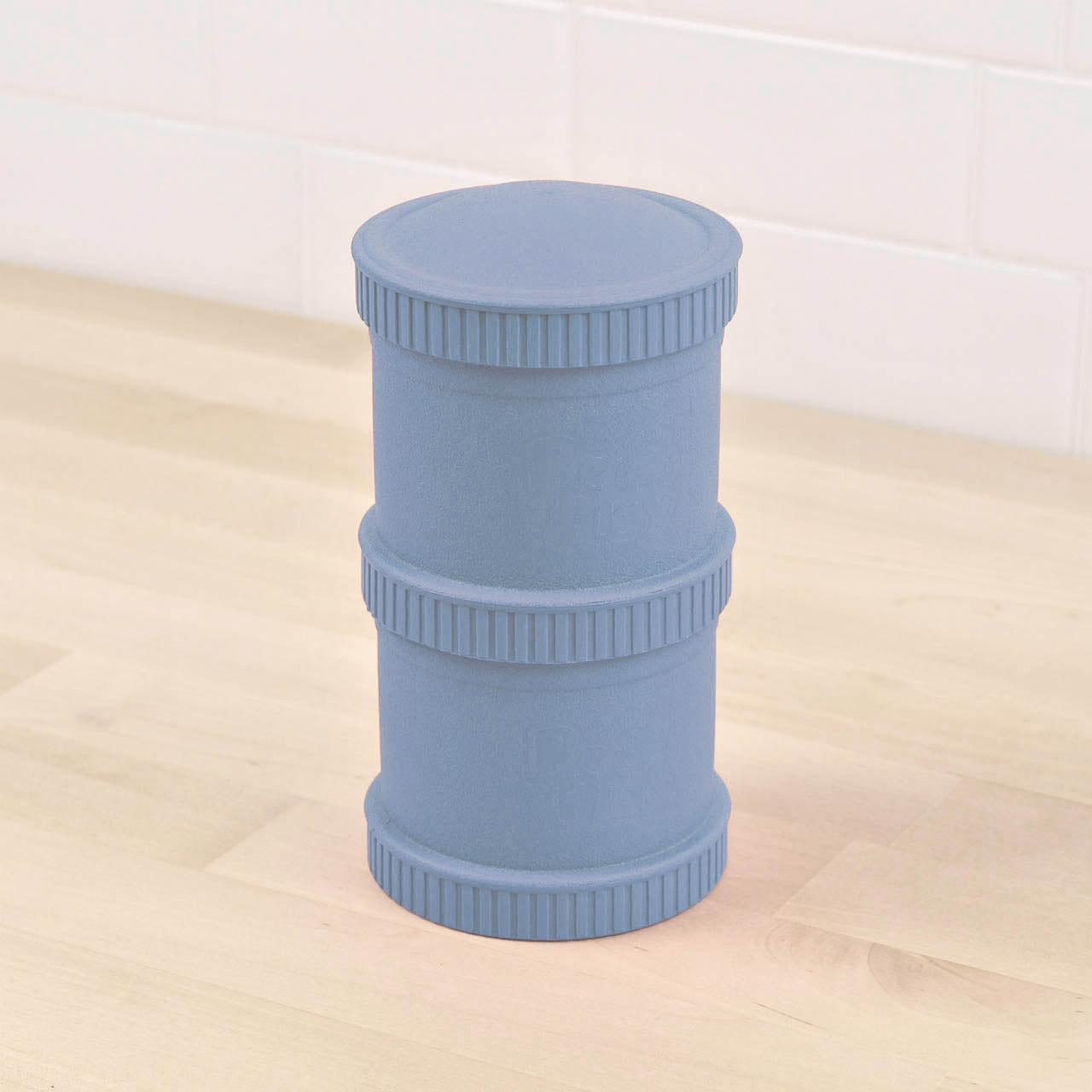
There seems to be a growing awareness among us consumers (including myself) about the environmental impact of fast fashion. There are many films and documentaries that talk about what is really happening in the world of fast fashion.
But what about "fast furniture"? The chairs and tables that occupy so much of our homes and everyday spaces are mass-produced, and inexpensive pieces often end up on landfill piles.
According to the article, “Americans threw away more than 12 million tons of furniture and furnishings in 2018 (up from 2.2 million tons in 1960), with more than 80% of that going to landfills. Add to this the carbon emissions from manufacturing and transportation, and the furniture industry is becoming the next big elephant in the climate crisis room.”
In response to the growing call for sustainability, brands that typically produce "fast" furniture are announcing their commitment to change. For example, IKEA has pledged to use only renewable or recyclable materials in all of its products by 2030 as well as to practice "circular" design, and to reduce its emissions to net zero.
Currently though, the impact of these initiatives is not yet known.
Circular design is gaining more and more traction and it seems like a good initiatives. In a circular system, furniture are made without new materials, are designed to last, are completely reusable or recyclable. However, the process of recycling certain materials can produce large amounts of carbon dioxide emissions, which also makes them dependent on waste in the first place.
Buying secondhand can be a way to get quality furniture without spending a lot of money. However, at the same time, buying furniture that will last forever by making new furniture from durable, natural materials can be cost-effective in the long run too.
Or how about renting? A service where you can rent furniture for as long as you want, return it, and others can reuse it once you’re done using it.
Maybe there is no such thing as a 100% environmentally friendly approach to furniture. We have growing children in our household, so clothes inevitably run out of size, and even beds and study desks need to be renewed as they grow older and need bigger desks.
It's a tough decision, but I'd like to choose the better alternative; which is hard to decide.
This article definitely made me realized that I had not thought much about furniture, although I have a much better understanding in terms of environmental impact when it comes to fashion.
How about your household?
Take a look at this article, it’s a great read and makes you think.
Like fast fashion, 'fast furniture' is a problem for our planet

![[MEDIA] DECEMBER 2, 2025](http://borderlesscreations.com/cdn/shop/articles/MEDIA_3.png?crop=region&crop_height=1080&crop_left=0&crop_top=0&crop_width=1080&v=1764653760&width=1080)







